White papers
Introduction
The failure of Retrieval-Augmented Generation (RAG) in enterprise support has become too costly to ignore. In 2024 alone, over $2.3B was spent on RAG implementations - yet more than 87% failed to achieve meaningful resolution outcomes. The root cause? RAG retrieves content, not answers, and certainly not actions.
This whitepaper introduces Sophie, a RAGless, agentic AI architecture built from first principles to resolve, not just respond. Rather than rely on fuzzy search across knowledge bases, Sophie reasons through structured workflows, invokes deterministic tools, and operates within auditable guardrails to deliver precise, policy-aligned outcomes.
At the core is a Flow-First Execution Framework, where user queries are categorized into subflows based on structured attributes - not just LLM interpretation. Each step of reasoning is governed by enterprise logic, enforced through guardrails, and executed via tool-specific Skill Modules. Every decision is logged via a Traceability Layer and evaluated using CXACT, our open-source framework for agent benchmarking.
Sophie redefines what it means to “automate support.” It’s not about faster deflection. It’s about reliable resolution at scale - measurable, trusted, and real.
📘 In This Whitepaper
The $2.3B RAG Problem
Why RAG systems underperform in enterprise support
Common failure modes: hallucinations, policy breaches, shallow answers, and tool misuse
RAG vs. RAGless AI
Side-by-side capability scorecard
Why semantic search fails in structured workflows
How structured knowledge + symbolic routing improve accuracy and compliance
Sophie’s Flow-First Execution Architecture
Structured categorization based on user attributes, not open-ended parsing
Subflow selection, deterministic tool invocation, and logic-based escalation
Key components: Guardrails, LLM Supervisor, Skill Modules, Feedback Engine
Traceability by Design
How every plan, knowledge node, and tool execution is logged
Explaining vs. justifying: why transparency matters for regulated support
Operational Trust Metrics
Six trust-centric KPIs that matter more than “containment”
How to measure escalation accuracy, policy enforcement, and user re-engagement
CXACT Benchmarking Framework
Measuring agentic AI performance across accuracy, tool use, and traceability
Results from 500+ conversations across RAG, legacy chatbots, and Sophie
Sophie in Action: Ecomm and Fintech Use Cases
Refund, transaction delay, and plan downgrade workflows in production
How Sophie executes nested reasoning, handles exceptions, and maintains policy alignment
Architecture Evolution
Why hybrid-RAG approaches failed in early deployments
How Sophie’s agentic architecture balances determinism with flexibility
Conclusion
Why retrieval isn’t resolution
Why the future of CX automation is agentic, RAGless, and traceable by default













